Production needed to increase with 100% while costs per unit need to be reduced by 50%. Mantec helped to change behaviour, increase productivity and reduce waste.
Background
The company is a leading supplier to the automotive industry and market conditions were such that over the next two years produced volumes were to be doubled. In addition to the already high demands of the industry the goal was also to cut costs by 50% per produced unit during the same period.
Cooperation with Mantec began with a pre-study to identify improvement possibilities. This was completed over two weeks, and confirmed weaknesses such as:
- production managers and supervisors were lacking competence on how to address fluctuating production pace and time losses;
- production leaders putting too much time into meetings and administration, and as a result seldom being in production;
- lack of focus on lagging orders and corrective measures to get back to plan;
- lack of cross-functional work to eliminate stops and rejects; and
- laid plans not being updated, and not taking in consideration known variations in capacity and actual available time.
Implementation
After the pre-study the company decided to enter into a joint project with Mantec, aimed at improving steering and productivity as well as eliminating costs associated with quality flaws. The project focused on four areas:
Management system
A common platform for structured data collection and measuring principles was created. This meant that laid plans could be updated to reflect new and more accurate data for example, slack and security margins could be removed. Finally, a follow-up structure was developed and implemented.
Operational use
Putting the management system into operational use was carried out in two steps. Daily deviation handling based on lagging orders and follow-up based on existing plans started immediately. Thereafter the new management structure and reporting were implemented. This involved training the organisation in how daily production and follow-up meetings should be run, how methods and routines to analyse reasons for deviations can be used to help take corrective measures, and how do deal with confrontation with co- workers.
Shift change meetings were focused on giving feedback on the past shift production with regards to the speed of production throughput and volume. This data enabled the incoming foreman to adjust his plan to a new production goal.
Understanding of the production process
To help increase productivity a great deal of effort was put into reaching a common understanding of the production process, and what types of actions and behaviour affect it, both negatively and positively. Production leaders and foremen were trained, in workshops and one- to-one sessions, to better understand the production process, and how their actions can affect production throughput and availability. In addition, simple rules were created for operators and assembly personnel on the production lines.
Training
The new and tougher demands meant that first line managers needed to be able to take new actions, and they were therefore given training in leadership skills and how to deal with confrontation.
Results
The new management system and improved operational knowledge on how corrective measures can be taken now serve as a base for continuous improvement, and have created a new higher level for the work with productivity. All employees now have a better understanding of the part they play in the production cycle.
Headline benefits to the client have been that it has exceeded its own tough goals and in particular:
- productivity has increased by more than 30%; and
- assembly rejects have reduced by on average 45%.




